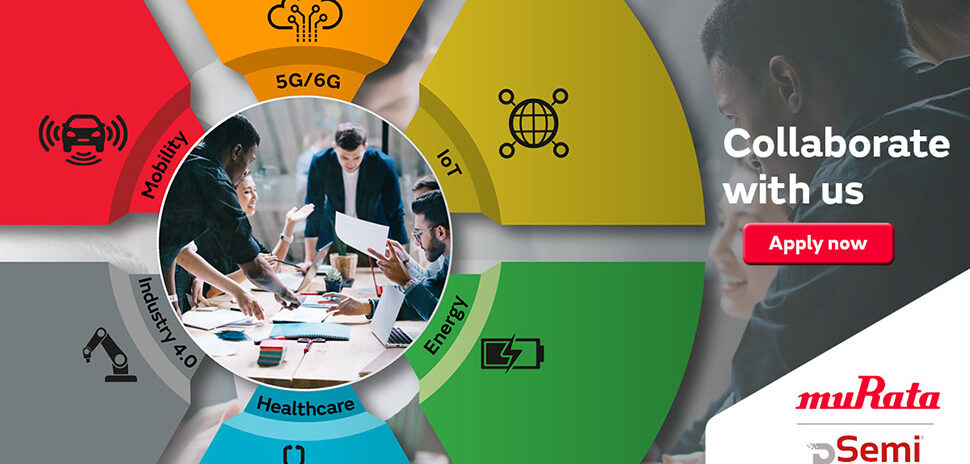![]() I was immediately intrigued when I recently heard a morning talk-show host interviewing two physicians about a new weight loss program. Who doesn’t want to lose those love handles? But the physicians weren’t touting traditional diet and exercise—their program was about resetting your metabolism.
I was immediately intrigued when I recently heard a morning talk-show host interviewing two physicians about a new weight loss program. Who doesn’t want to lose those love handles? But the physicians weren’t touting traditional diet and exercise—their program was about resetting your metabolism.
The physicians asked, “Do you know many overweight people who work out and diet, but don’t really change size or lose weight? How many thin people seem to eat whatever they want, not exercise, and never gain a pound?” What they were saying made sense: the key to weight loss really isn’t only diet and exercise, a major key is resetting your metabolism so that you realize sustained and greater results.
Later that day, I was having a conversation about the lack of user adoption for IT projects across multiple business functions. The client couldn’t quite understand why people weren’t using the new systems that were deployed on time and under budget.

Joe Pruitt II shares his expertise in company consulting. [Image: Sendero]
I asked the question: What is the real desired goal of these projects? On-time delivery OR adoption and use of the system with new processes. When I reviewed the Project Management Office (PMO) project plan template for IT project delivery, I quickly noticed there were no Organizational Change Management (OCM) activities within the plan. They had no way of resetting their metabolism. In essence, they were missing a critical component to ensure lasting change, similar to the ineffective traditional diet and exercise.
Let’s say your organization picks a new top-of-the-line system to improve efficiencies and processes. It’s flashy, digital, and has dashboard and analytics capabilities. It’s the latest trend in your industry, similar to a Fad Diet. Your PMO function pulls together a robust project plan—or exercise plan—incorporating resources, activities, durations, and deadlines, with a lot of time and money invested to deliver the new product. So why does the project fail, and nobody uses the new system? And why, a year or two later when you decide to change the system (or diet) and follow the same blueprint as before, does the project still fail?
An IT project plan without OCM activities and tasks throughout doesn’t manage the behavioral change or mindset shift required for people to successfully adopt a new system, process, or structural change. In other words, it won’t reset the metabolism. A reset metabolism makes the change stick. In order to increase the chances of long-term adoption and increased ROI, you must reset behaviors leveraging a robust OCM strategy.
Unfortunately, OCM is often overlooked or reduced to simply a go-live email or just-in-time training. But just as changing your metabolism takes time, so does behavioral change and adoption through effective OCM. Studies show true adoption and efficiency gains from implementing a major enterprise resource planning (ERP) system can average six months. For people to truly reset—or change behaviors—and adopt a new system or way of working, you must incorporate focused OCM activities that are strategic and consistent over time.
Here are three foundational areas of focus that must be achieved to ensure you can benefit from OCM activities used to reset your company’s metabolism during your next IT implementation:
LEADERSHIP ENGAGEMENT AND OWNERSHIP ARE A MUST
It’s not uncommon for business and IT leaders to have a mentality of “if we build it, they will come.” It’s also proven that many IT programs fail due to a lack of leadership engagement. Leaders at all levels must be visible and engaged, and they must demonstrate the behavioral change they seek from their employees. OCM incorporates strategic, creative, and tactical ways to help leaders engage and communicate with their organizations at appropriate times throughout the tenure of the program. Just like a diet, you need people around you championing your efforts and holding each other accountable.
DIG INTO THE REAL IMPACTS
One size does not fit all—in pants, and in approaches to IT implementations. To fully understand the levers needed to change behavior, you must dig into the true business impacts, which typically vary by function and role. You have to know the type of change required (People, Process or Technology); who is affected by the change; the criticality and complexity of changes; requirements for change; and the value of change—what happens if change doesn’t occur? Fully understanding this key information will help quantify the magnitude of change and kickstart key activities within OCM strategy and approach such as leadership and stakeholder engagement, change champion identification and network, communications and engagement, curriculum development, and role-based learning.
ADOPT AN ALL-IN MENTALITY
Behavioral change is hard, but where’s the value in spending millions of dollars on a system that nobody will use? The business must align with IT and commit resources dedicated 100 percent to the project. From an OCM perspective, these resources are the face of the program, your weight-loss and dieting champions. They help define the impacts that enable the OCM team to create the best approach for mitigation. They help spread appropriate messaging through the organization and serve as liaisons to ensure alignment between the project and the business. Because they understand the business, system-use cases, technology, and impacts, they become subject matter experts during learning creation and delivery, and once the project ends, they become the go-to resources for knowledge and sustainability. Commit those resources early and support their participation for greater gains down the road.
By focusing on resetting your “metabolism,” you can achieve better IT project delivery results.
To learn more about Sendero’s offerings and approach, visit their website.
![]()
Get on the list.
Dallas Innovates, every day.
Sign up to keep your eye on what’s new and next in Dallas-Fort Worth, every day.




































